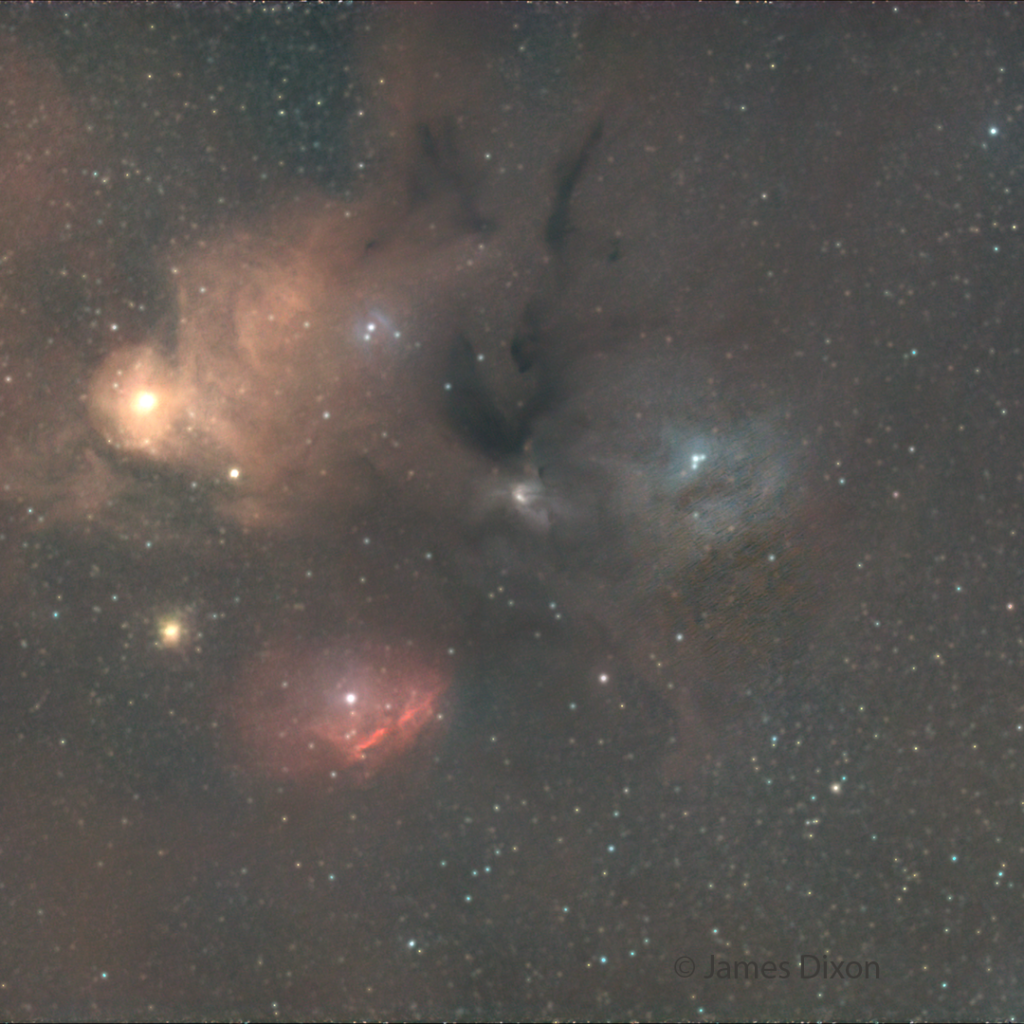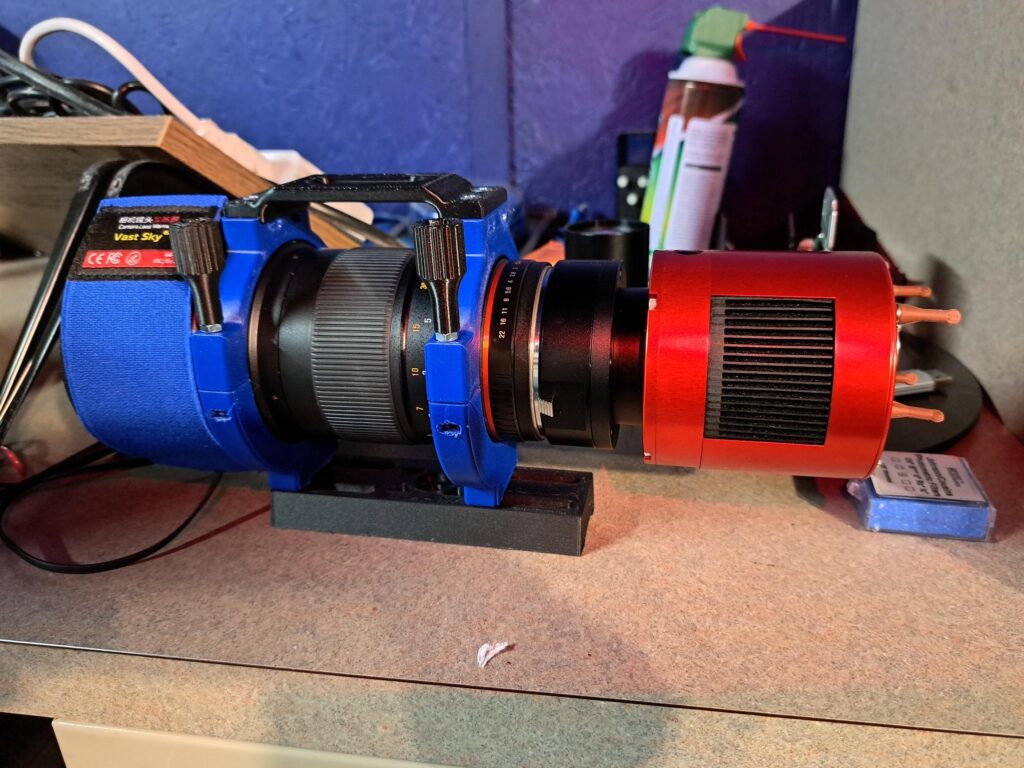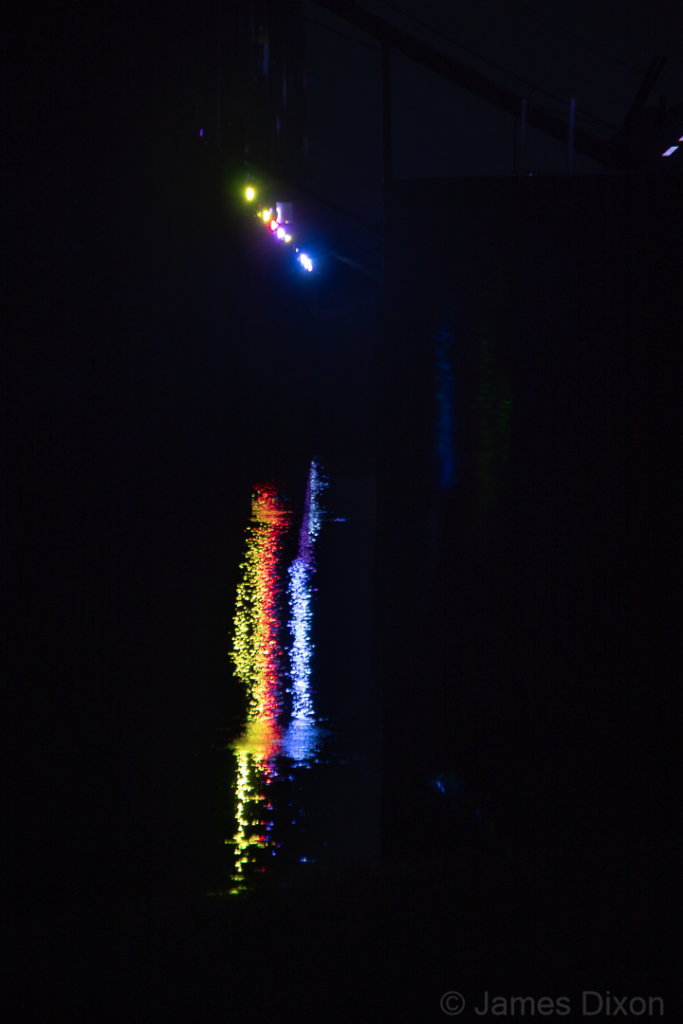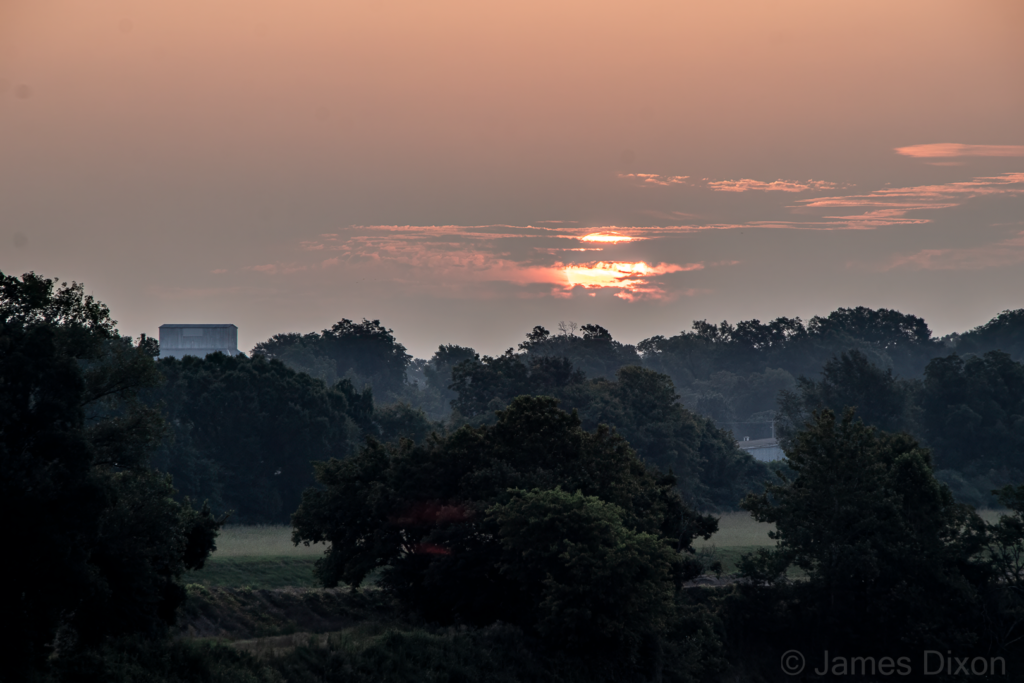Dawn, but no sunrise, from Vista Point on Lake Maumelle Saturday 7/27/2024. Note the transition from blue light to a more gray. 20 minutes reduced to 8 seconds.
7/14/2024 Blue Hour
7/6/2024 Rho Ophiuchi, Clouds, and a new Rig
Saturday night promised to be clear, mild, with no dew until morning. Saturday night lied. Clouds appeared after sunset, the waned, then came back later. Dew arrived around 10 PM. I did manage my best ever Rho Ophiuchi area using my new (to me) Samyang 135mm F/2 ED UMC lens with my ASI294MC Pro camera despite thin clouds traveling through each frame.

The Rho Ophiuchi cloud complex is a complex of interstellar clouds with different nebulae, particularly a dark nebula which is centered 1° south of the star ρ Ophiuchi, which it among others extends to, of the constellation Ophiuchus. Wikipedia
This video is about 2 1/2 hours condensed into 43 seconds. At the start, you can see the Big Dipper in the lower left. In the lower middle is the Little Dipper. The clouds are pretty here but annoying. 14mm f/2.8 Rokinon lens and Canon EOS T8i.

I printed this cradle to hold my Samyang lens (and camera) so that it can be attached to my equatorial mount.




